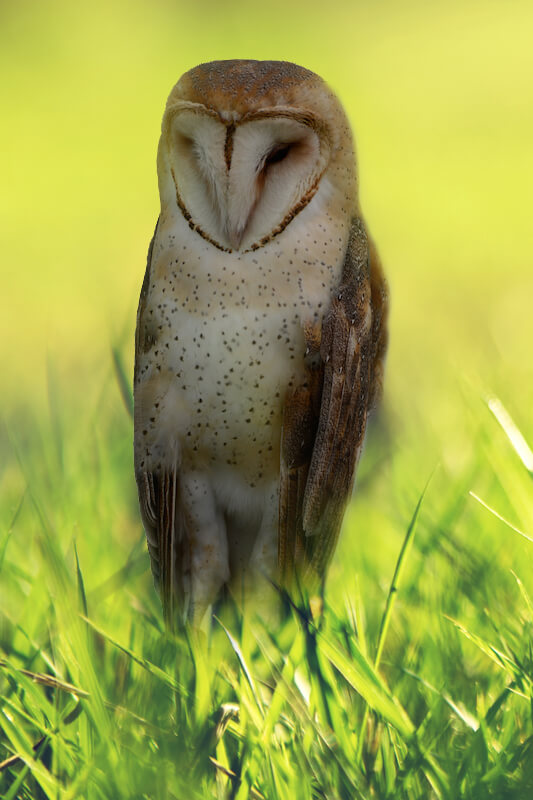Barn-owls
Owls are a group of birds known for their nocturnal behavior, exceptional hunting skills, and distinctive features. Here are some key points about owls: Read in Spanish
Habitat and Distribution: Owls are found on every continent except Antarctica, with a wide range of habitats including forests, grasslands, deserts, and tundra. They are typically associated with wooded areas where they can find roosting and nesting sites.
Nocturnal Predators: Owls are primarily nocturnal, meaning they are active at night. Their specialized adaptations, such as keen night vision, excellent hearing, and silent flight, enable them to successfully hunt in the dark.
Silent Flight: Owls have specialized feathers that muffle the sound of their wingbeats, allowing them to fly silently and approach their prey without detection. This stealthy flight is crucial for their hunting success.
Physical Characteristics: Owls have large, forward-facing eyes that provide binocular vision, allowing them to accurately judge distance and depth. They also have a flat facial disc that helps channel sound to their ears, enabling them to locate prey by sound.
Diet: Owls are carnivorous birds that primarily feed on small mammals like mice, voles, and rats. They also eat insects, birds, and occasionally fish. Owls are skilled hunters, using their sharp talons and beaks to catch and kill prey.
Variety of Species: There are around 250 species of owls, ranging in size from the tiny Elf Owl to the large Eagle Owl. Each species has unique adaptations suited to its specific habitat and prey preferences.
Cultural Symbolism: Owls have long been associated with wisdom, mystery, and intelligence in various cultures. They are often depicted in folklore, mythology, and literature as symbols of insight and knowledge.
Conservation: While many owl species are not currently in immediate danger of extinction, they face threats from habitat loss, pollution, and climate change. Conservation efforts focus on protecting owl habitats, mitigating human-wildlife conflicts, and raising awareness about the importance of owls in ecosystems.
In conclusion, owls are remarkable birds that play a vital role in maintaining ecological balance through their predation on small mammals and other prey. Their unique adaptations and cultural significance have captured the fascination of people around the world for centuries.

Common Barn Owl
Tyto alba
Spanish Name: Lechuza Común
Size: 15.5 in | 39 cm
Habitat: Cavity nesters, often nesting in barns, abandoned buildings, or tree hollows.
Height: <4000 m
Photo: © Luis A. Materon

